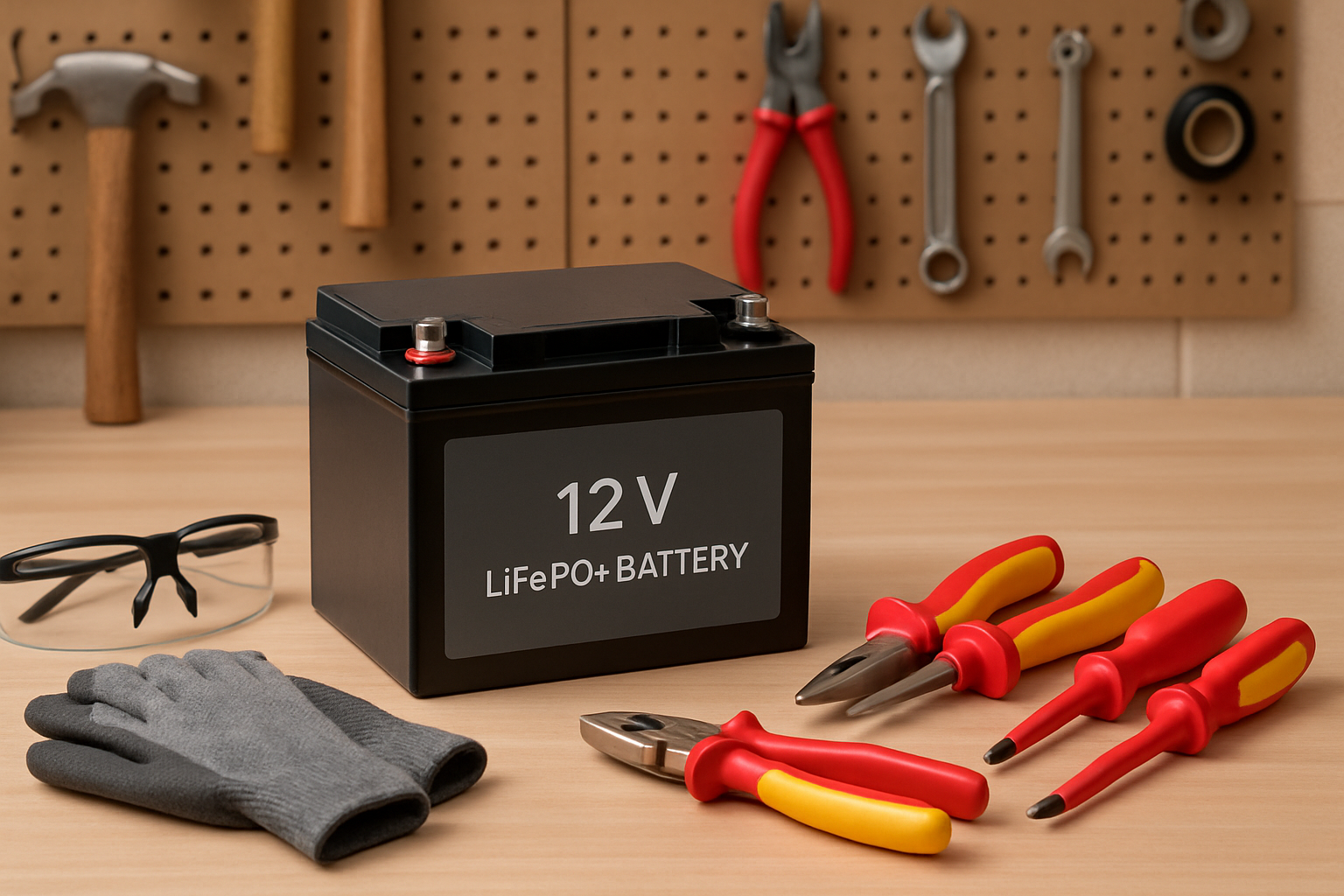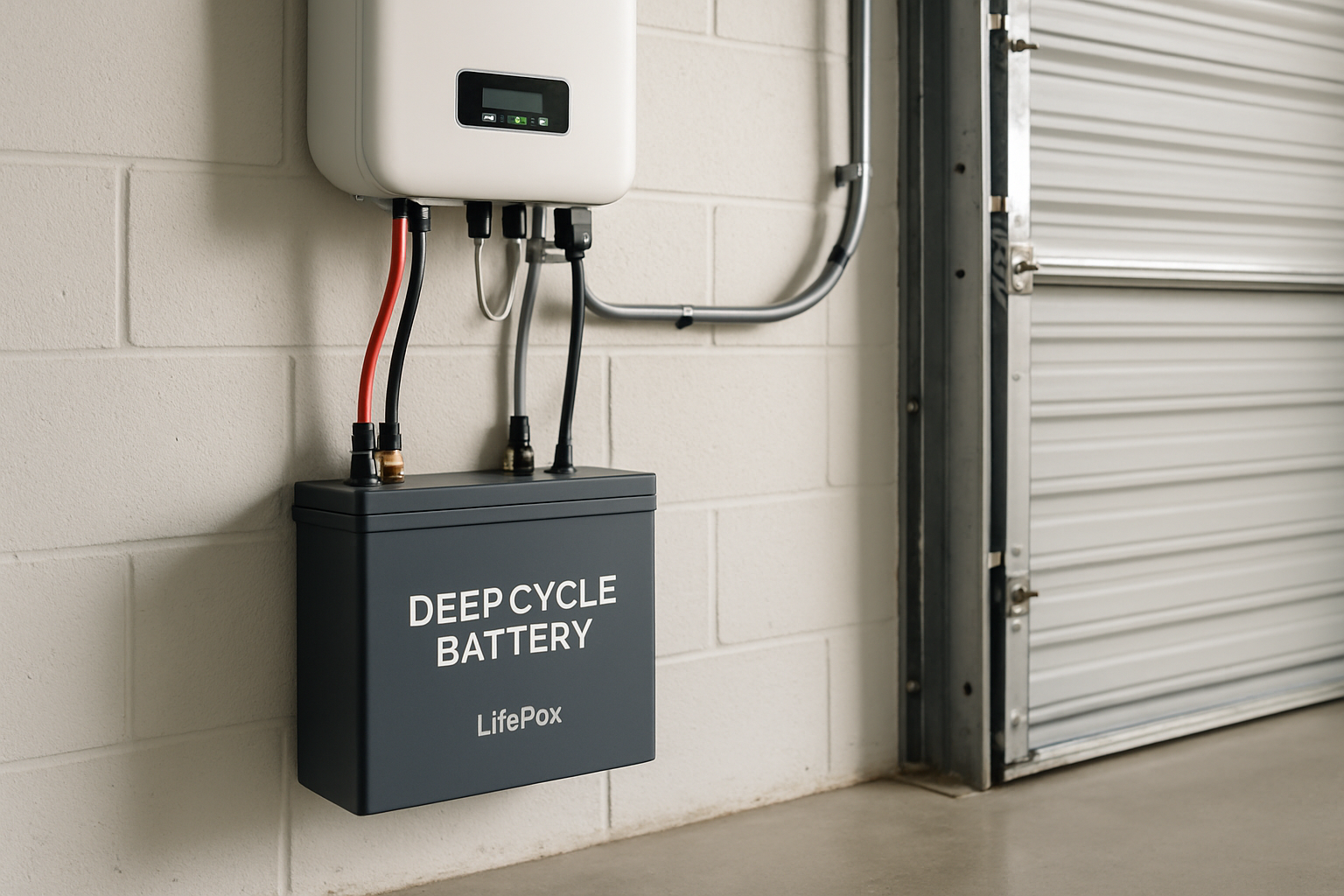As energy storage systems (ESS) become more common in homes and businesses, ensuring their safety is a top priority. These systems are central to achieving energy independence, but they also introduce safety considerations that must be managed. The National Fire Protection Association (NFPA) developed NFPA 855, the Standard for the Installation of Stationary Energy Storage Systems, to provide a clear framework for safely installing these technologies. This standard is a critical tool for installers, owners, and first responders.
What is NFPA 855? A Foundational Overview
NFPA 855 establishes comprehensive, technology-neutral criteria for the safe installation of energy storage systems. Its primary goal is to mitigate fire and explosion hazards, such as thermal runaway, toxic gas release, and electrical faults. The standard applies to a wide range of ESS technologies, including popular lithium-ion phosphate (LiFePO4) batteries, and covers systems from small residential units to large, utility-scale facilities.
The Purpose Behind the Standard
The development of NFPA 855 was driven by the rapid growth of the energy storage market and a few high-profile incidents that highlighted the need for standardized safety protocols. By creating a unified set of rules, the standard ensures that safety is a core component of every installation, protecting people, property, and the firefighters who may respond to an emergency. It addresses the entire lifecycle of an ESS, from initial design and installation to commissioning, operation, and eventual decommissioning.
Key Technologies Covered
While often associated with lithium-ion batteries, NFPA 855 is designed to be applicable to all types of stationary energy storage. This includes traditional lead-acid batteries, flow batteries, and other emerging chemistries. The standard's requirements are tailored to address the specific risks of different technologies. For example, it includes specific provisions for ventilation to handle flammable gases that some battery types might produce during operation or failure.
Core Requirements of NFPA 855 for System Installation
NFPA 855 provides detailed, prescriptive requirements for how and where energy storage systems can be installed. Adhering to these guidelines is crucial for compliance and safety.
Location and Spacing: Strategic Placement for Safety
Proper placement is a fundamental aspect of the code. For residential installations, NFPA 855 restricts ESS placement to specific areas like garages, utility closets, and outdoors. They are explicitly not allowed in habitable spaces such as bedrooms. A key rule is maintaining a minimum of three feet of separation between individual ESS units and from doors and windows, unless the manufacturer has conducted large-scale fire testing (UL 9540A) proving that closer spacing is safe.
Sizing and Capacity Thresholds
The standard sets limits on the maximum energy capacity of individual ESS units and the total capacity allowed in specific locations for residential settings. Individual units are typically limited to 20 kWh. The total allowable capacity varies by location:
| Installation Location | Maximum Aggregate Energy Capacity (kWh) |
|---|---|
| Utility Closets or Storage Spaces | 40 kWh |
| Attached/Detached Garages | 80 kWh |
| Outdoors / Exterior Walls | 80 kWh |
Installations exceeding these thresholds must comply with the more stringent requirements for commercial systems.
Signage and Labeling
Clear communication is vital in an emergency. NFPA 855 mandates specific signage and labeling on and around the energy storage system. This signage identifies the presence of an ESS, details the technology type, and provides information for first responders on how to safely shut down the system. This ensures that firefighters arriving on the scene are aware of the potential hazards and can take appropriate action.
Advanced Safety Measures Mandated by NFPA 855
Beyond location and sizing, NFPA 855 specifies several active and passive safety systems designed to prevent incidents and mitigate their impact should one occur.
Fire Detection and Suppression Systems
For residential installations in garages or closets, the standard requires interconnected smoke or heat alarms. For larger, commercial systems, more robust fire suppression systems, such as sprinklers or clean agent systems, may be required. The 2023 edition of the standard mandates fire suppression for nearly all ESS, reflecting a best practice for containing fires.
Ventilation and Thermal Management
Managing heat and potential gas buildup is critical. The code requires adequate ventilation to prevent overheating and to disperse any flammable gases that could be released during a fault condition. This can be achieved through natural or mechanical means. Proper thermal management is a key strategy in preventing thermal runaway, a condition where a battery cell overheats and triggers a chain reaction in adjacent cells.
Preventing and Managing Thermal Runaway
Thermal runaway is a primary safety concern for many battery technologies. The requirements in NFPA 855—including spacing, thermal management, and gas detection—work together to reduce the likelihood of it occurring and propagating. Understanding key performance indicators, such as those detailed in this guide on solar storage performance, helps in selecting systems with robust safety features. As noted in research from the Clean Energy Innovation report by the IEA, continued R&D is essential for enhancing the safety and reliability of technologies like home battery storage.
Navigating Compliance and Future Trends
Achieving compliance with NFPA 855 involves more than just following the standard; it requires coordination with local officials and an understanding of how codes evolve.
The Role of Local Authorities (AHJ)
While NFPA 855 provides the national standard, the final authority on its enforcement is the local Authority Having Jurisdiction (AHJ), typically the local fire department or building inspector. The AHJ can interpret the code and may have additional local requirements. It is always best to consult with the local AHJ early in the planning process to ensure a smooth and compliant installation.
Keeping Up with Code Evolution
NFPA 855 is updated on a three-year cycle to keep pace with technological advancements and lessons learned from real-world events. Staying informed about these changes is essential for manufacturers and installers. This continuous improvement, as highlighted by organizations like the International Renewable Energy Agency (IRENA), is part of a broader effort to remove barriers and promote the wider adoption of safe energy solutions.
A Commitment to Safety
NFPA 855 should not be viewed as an obstacle. Instead, it is a vital framework that enables the safe deployment of energy storage technology, fostering public confidence and supporting the transition to a more resilient energy future. By prioritizing these safety measures, the industry ensures that energy independence can be achieved reliably and securely.
Disclaimer: This article is for informational purposes only and does not constitute legal or professional installation advice. Always consult with a qualified professional and your local Authority Having Jurisdiction (AHJ) before installing an energy storage system.
Frequently Asked Questions
Does NFPA 855 apply to small, portable power stations?
NFPA 855 is written for stationary energy storage systems. Portable power stations typically fall under different product-specific safety standards, such as those from Underwriters Laboratories (UL), rather than this installation code.
I have a LiFePO4 battery. Is it safer and exempt from NFPA 855?
While Lithium Iron Phosphate (LiFePO4) batteries are known for their enhanced thermal stability compared to other lithium-ion chemistries, they are not exempt from NFPA 855. All stationary energy storage systems must comply with the standard's installation and safety requirements, regardless of their specific chemistry.
Can I install my home battery system myself?
While some components may be accessible to DIY enthusiasts, a complete home energy storage system installation is complex and involves high voltages. It typically requires a licensed electrician to ensure the system is installed safely and in compliance with NFPA 855, the National Electrical Code (NEC), and all local regulations. Professional installation is often required to validate the product warranty.
What is the main difference between NFPA 855 and UL 9540?
They are complementary standards. NFPA 855 is an installation code that dictates *how* and *where* an energy storage system should be installed to ensure safety. UL 9540 is a product safety standard that tests and certifies the ESS as an integrated unit, ensuring the system itself is designed and built to operate safely. A system that is UL 9540 certified is much easier to get approved for an NFPA 855-compliant installation.





Leave a comment
All comments are moderated before being published.
This site is protected by hCaptcha and the hCaptcha Privacy Policy and Terms of Service apply.